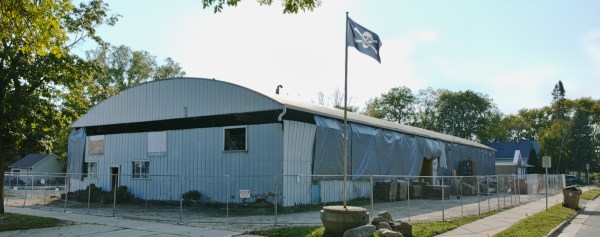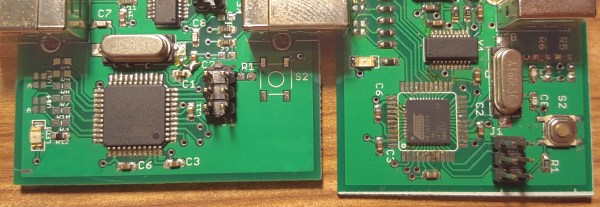Madison, WI hackerspace Sector67 is in a period of transition as they move from their current rented location to a new property that will be their permanent home a half mile away. Last Wednesday (September 20, 2017) an unfortunate propane explosion in the new building led to the injury of Chris Meyer, the founder and director of the hackerspace.
The structure has been stabilized and renovation is continuing, but Chris was seriously burned and will be in the hospital for at least a month with a much longer road to complete recovery. It is fortunate that nobody else was injured.
This accident comes at a time when Sector67 essentially has two spaces to maintain; the existing space is still running, but many of the members are focused on the construction of the new space. The building needs significant work before the move can take place. Currently the roof is being raised so that the building can go from one awkward-height story to two normal stories, doubling the size. An expiring lease and imminent demolition of the current location by developers means the clock is still ticking on the move, and this explosion means Sector67 will have to work even harder, and without the presence and constant effort of the person who has been leading the project.
A GoFundMe campaign for Sector67 has been started and is well on its way towards helping Chris and Sector67.


















